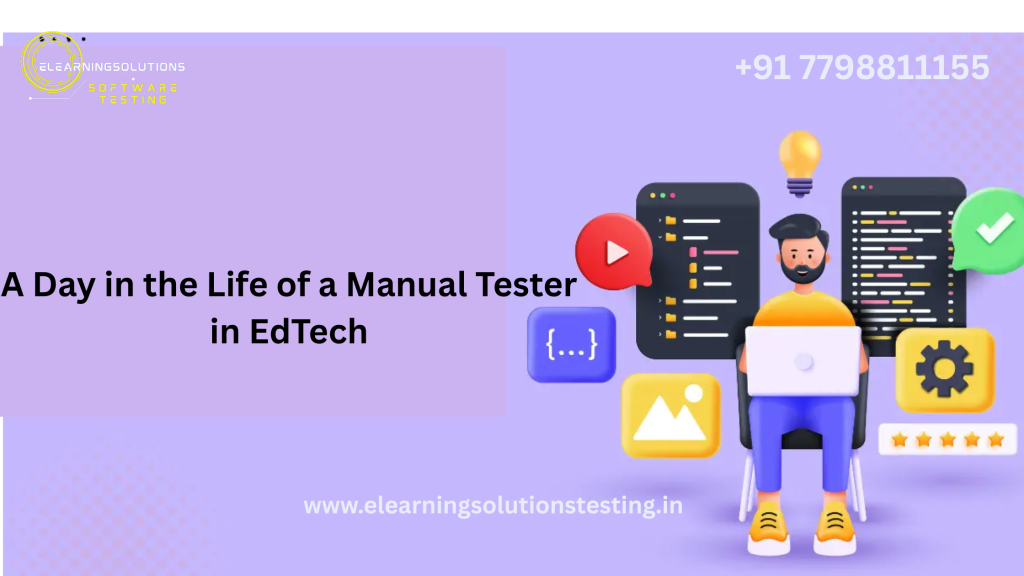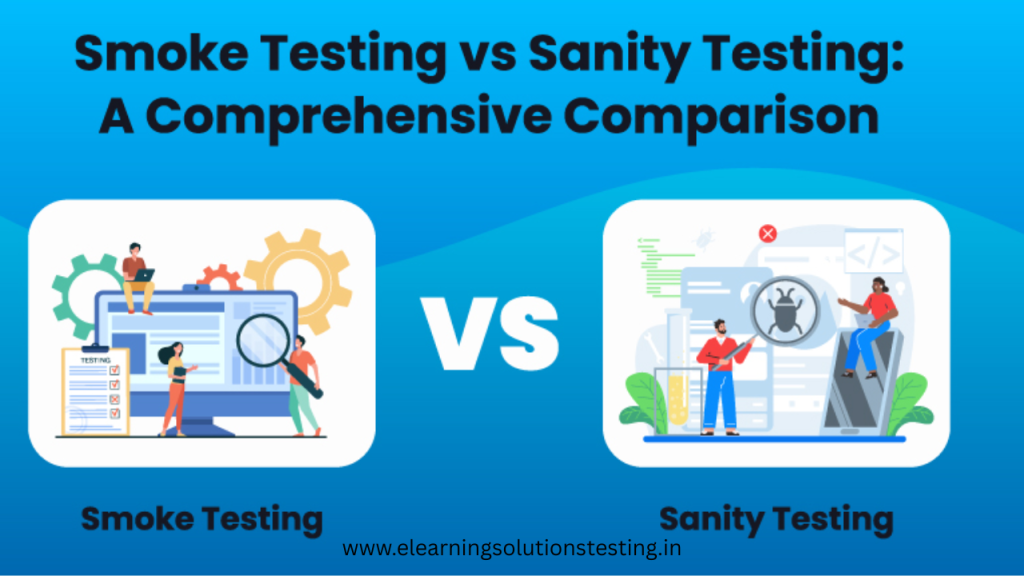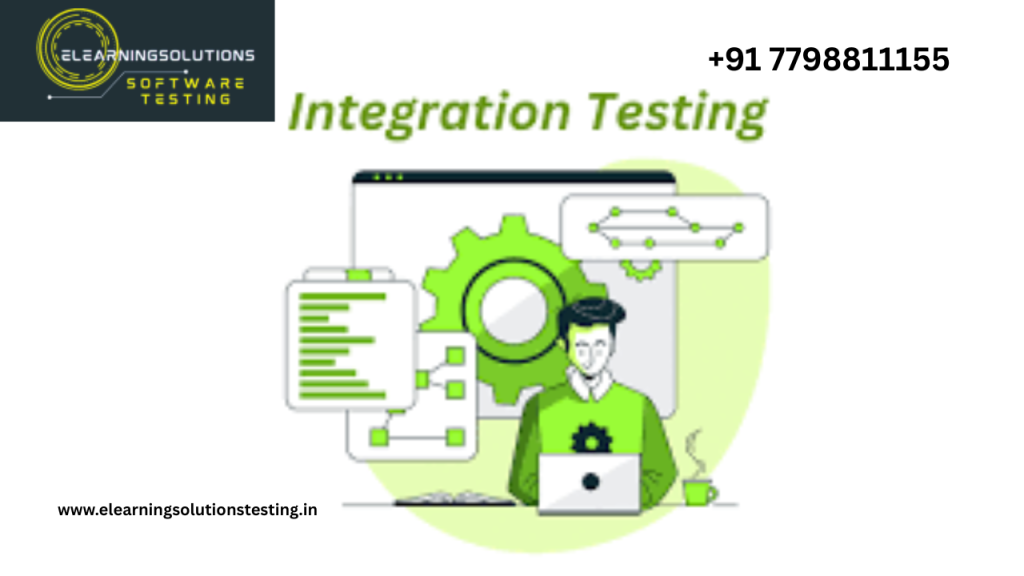Data-Driven Testing: What It Is and How to Implement It
In the dynamic world of software testing, flexibility and reusability are essential. One of the most powerful approaches that empowers testers to validate functionality across various input combinations without duplicating test logic is Data-Driven Testing (DDT). This method enhances test coverage, minimizes maintenance efforts, and improves overall test quality. What is Data-Driven Testing? Data-Driven Testing […]
Data-Driven Testing: What It Is and How to Implement It Read More »






